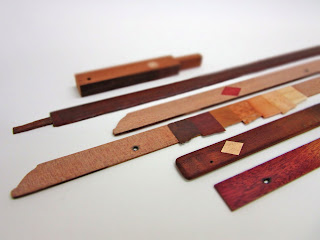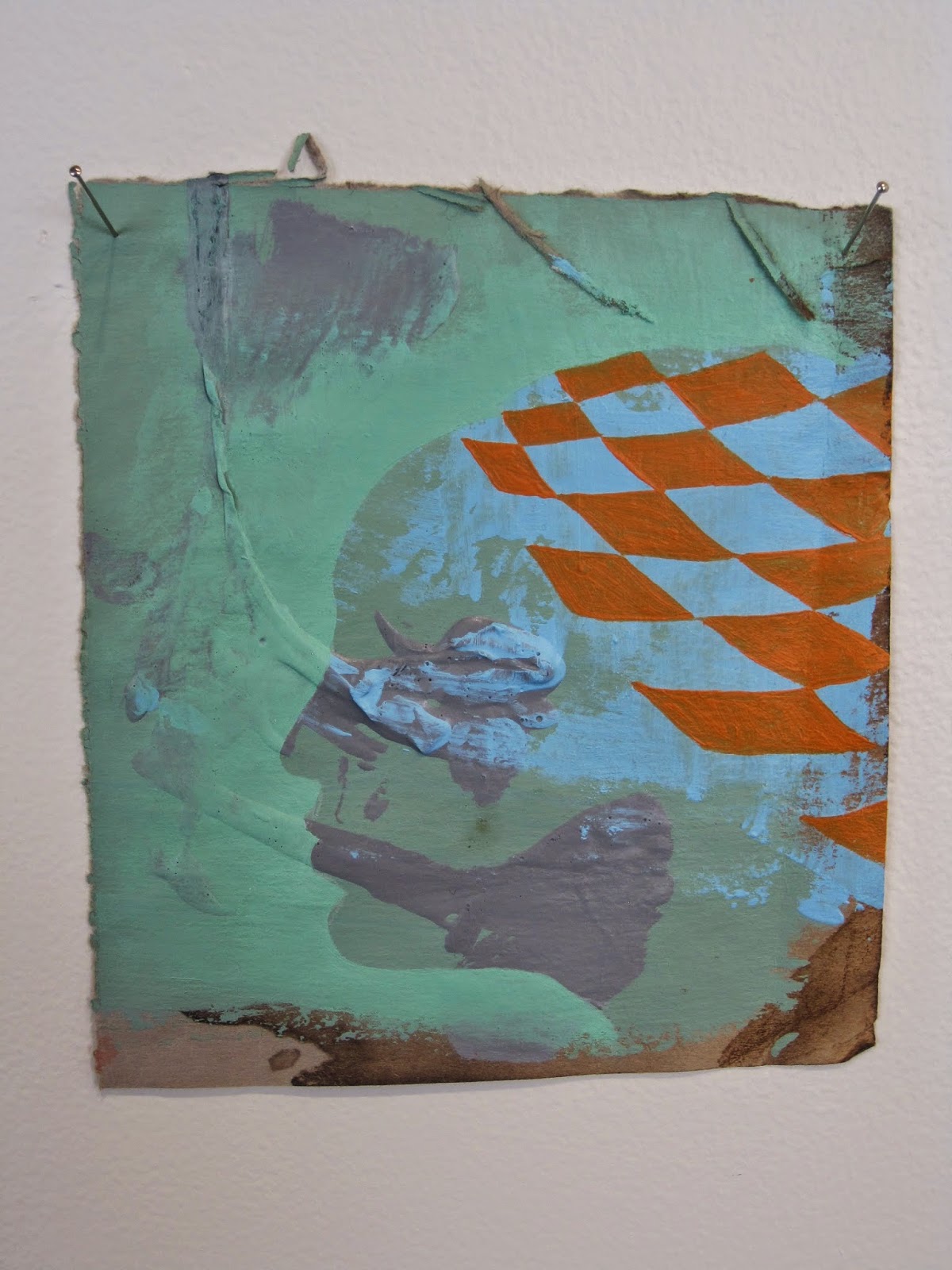For Paul Nache, the Museum of True History
[MOTH] has commissioned artist Karl Chitham to re-present and re-interpret some
of his earlier projects that have focused on little known stories from the MOTH
archives. Taken from letters, journal entries and unfinished manuscripts, these
curious tales give surprising insights into some of the untold histories of
Aotearoa.
Chitham has selected three characters, whose archives he has
worked with in the past. A. Verlassen, a failed architect and potter, Anton Kaipeita, the descendant of a French
wallpaper designer from the late 1700s, and a self-styled monarch known only as
‘Kingi’ who set about building his own ‘estates’ in the Far North.
Polite
Society is Chitham’s attempt to twist these stories together, pulling
apart the threads and weaving them into a strange and disparate new whole.
While each of the narratives draws on elements of decorative history that many
might judge to be only relevant to a privileged minority, they also touch on
some of the less palatable aspects of our recent past.
From the MOTH Archives
Anton Kaipeita was a resident of Henderson in the
late 1950’s. Unemployed with no obvious sources of income he spent most of his
days in his small one bedroom flat. In 1960 he disappeared, leaving his flat
and its contents to his neighbour who he barely knew. Among the few
possessions in the flat were some small paintings depicting fantastic buildings
and a leather-bound folder with a collection of over 200 hand-painted wallpaper
designs featuring European and Maori motifs. The neighbour later learned that
Kaipeita’s grandparents had immigrated to New Zealand in 1892 and that he was a
descendant of the French designer Jean-Baptiste Huet, Manufacture Royale to the
court of Versailles in the 1780’s.
A. Verlassen amassed an impressive
collection of architect designed ceramic vessels. Very few people were aware
this collection existed and even fewer ever had the chance to see it before it
was destroyed in the 1960’s. It has been suggested that the collection
contained examples by some of the world’s most renowned architects but this has
never been fully substantiated. In 2002 MOTH acquired an appointment book belonging
to Verlassen’s close friend and former business partner. It contained a
notation that read; “Lasin [sic] is a genius! Who would think to collect such
an atypical architectural record? As I commented to my colleague - in many respects
the pots appear somewhat overwhelmed by the lineage of their creation, but they
have an unmistakable presence nevertheless”.
In the late 1840s a wayward sailor established himself in a dense bush
area of the Mangakahia Valley, Northland. Calling himself Kingi, he set about
building a series of unusual cliff top dwellings he referred to as the
‘estates’. Along with a rather dubious family history he also told local Maori
that he had been sent by the Queen as the new monarch of New Zealand. Needless to
say it is unlikely anyone took him seriously.
Polite Society was on display at Paul Nache from 6-28 March 2015






























